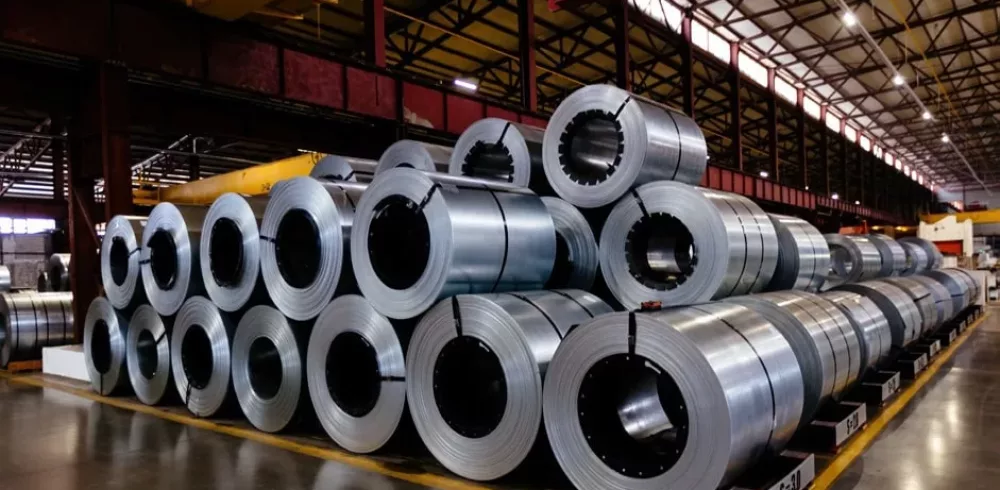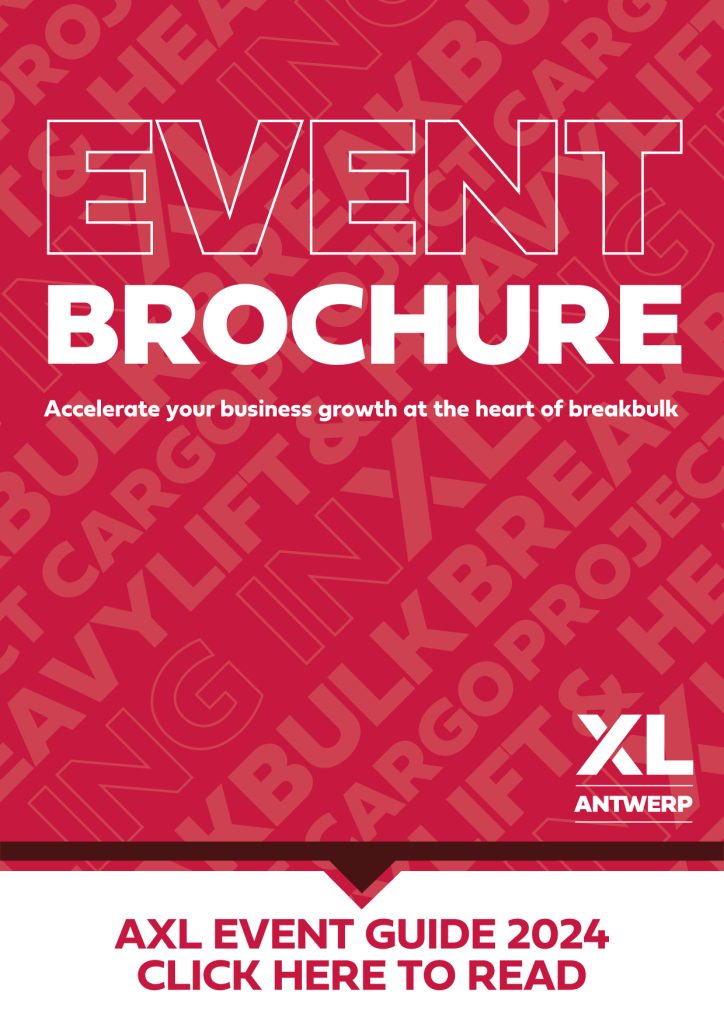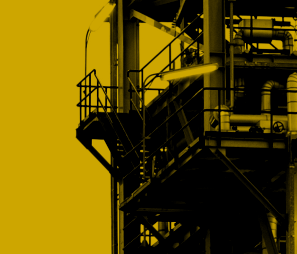New steel coils offer a wide canvas for corrosion to make its mark. This is among the last problems steel coil processors want to deal with. Oiling after acid pickling is one precaution that can help. However, processors who choose dry pickling will likely have more problems during storage and shipping. Cortec’s Vapor phase Corrosion Inhibiting edge sprays help steel coil processors get an edge on corrosion.
The Vapor Phase Advantage
Once the coil is rolled up, rust preventatives must be applied as an edge spray. Since it is difficult to get perfect coverage by spraying a rust preventative liquid in between the coil laps from the side, VpCI®-337 and VpCI®-329 D are especially good options because they contain Vapor phase Corrosion Inhibitors. This type of corrosion inhibitor travels as a vapor through void spaces and is attracted to metal surfaces, where it forms a molecular protective layer (adsorption) that remains and replenishes itself as long as the void remains enclosed. VpCI®-126 Film tubing is an excellent complement to these edge sprays because it traps the vapors within the package and offers a dual corrosion inhibiting / physical barrier for unpredictable shipping conditions such as those on an open truck bed. All three of these products are very easy to use without special cleanup needed in the next phase of processing.
Get an Edge on Corrosion
Rust on steel coils only delays the WIP cycle and increases costs by requiring more time and labor to remove the rust and creating metal loss if more pickling is needed. By using Vapor phase Corrosion Inhibiting edge sprays, steel coil processors can improve protection and reduce stress while delivering the best possible goods to their customers. Contact Cortec® for more steel coil rust prevention strategies.
Manufacturing & Engineering Magazine | The Home of Manufacturing Industry News















